Oyster roasts are my new favorite discovery since moving to Charleston. Being from New England, my allegiance used to be with lobster bakes, but oyster roasts are way better (sorry, New England, you still have the best foliage so there's that). I could eat hundreds of oysters, and have done so at my fair share of roasts.
My question is - have you, like me, ever wondered what happens to all those oyster shells that you carefully separate from trash, and then dump into the "shells only" bins? Or why you're even asked to do that? (You do that right? If not, you will after reading this article.)

Enter the South Carolina Oyster Restoration and Enhancement (SCORE). They're the South Carolina government's DNR (Department of Natural Resources) program that manages the state's oyster resources. SCORE is mainly made up of a group of biologists who rely on volunteers to help them accomplish their mission of restoring oyster populations, enhancing marine habitats, improving water quality of estuarine areas, all while informing and educating those of us without biology degrees about the importance of their work.
The SCORE program has two major components to highlight:
1. Oyster Shell Recycling
Oyster shell recycling is why you separate your oyster shells from the trash at those fun hot saucing, cracker biting, beer drinking roasts. The recycled shells are brought to recycling centers to be bagged and used as "cultch" for juvenile oysters to attach to after being planted back into the environment. And yes, you can guess, more oysters back in the environment, equals more oyster roasts. Which equals more good times, laughs, and maybe opportunities for you to meet that special someone. Unfortunately, only less than 25% of the oysters harvested in South Carolina are returned to SCDNR to reuse in habitat restoration. So please recycle your shells if you're not already doing so, while hosting an event or cooking for yourself.

2. Community-Based Restoration
New reefs are built with the bags of recycle shells, assisting in restoring habitats. A majority of this work is done by volunteers; it's true team work makes the dream work. Our team at Free Fly, partners with SCORE to pack bags of recycled shells and also participated in a reef building project, and you totally should too!

So, I think you're getting the hint that oyster restoration matters. But, there are three major benefits that oysters and their natural habitats give to our waterways besides being a seafood delicacy at your favorite lowcountry afternoon roast.
-
Filtering water — adult oysters filter up to 2.5 gallons of water/hour, which greatly improves our lowcountry water quality.
-
Creating habitats for other animals — oyster reefs attract small fish and crabs, which then attract larger animals. (Enter Jaw's theme song). This cycle helps us build a strong ecosystem for all of our sea creatures.
-
Protecting against erosion — reefs are natural breakwaters that protect our shorelines and control rapid erosion.

So how do you get started by supporting your oyster roasting habit? Well, two things: recycling and volunteering.
If you're in South Carolina, you can find your closest DNR shell recycling center here, so that your used shells can be used to replenish oyster beds and we can all enjoy more oyster roasts in the future and a better environment.
Interested in learning more about SCORE and their volunteer opportunities? Check out their website to discover how you can get involved.
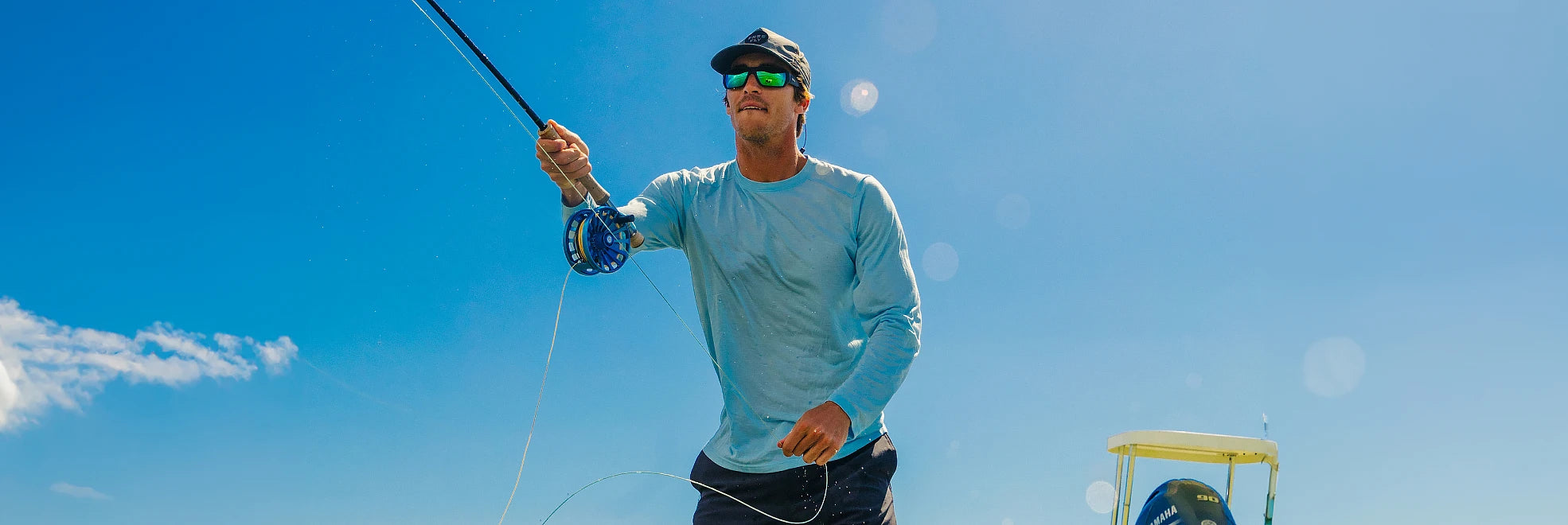

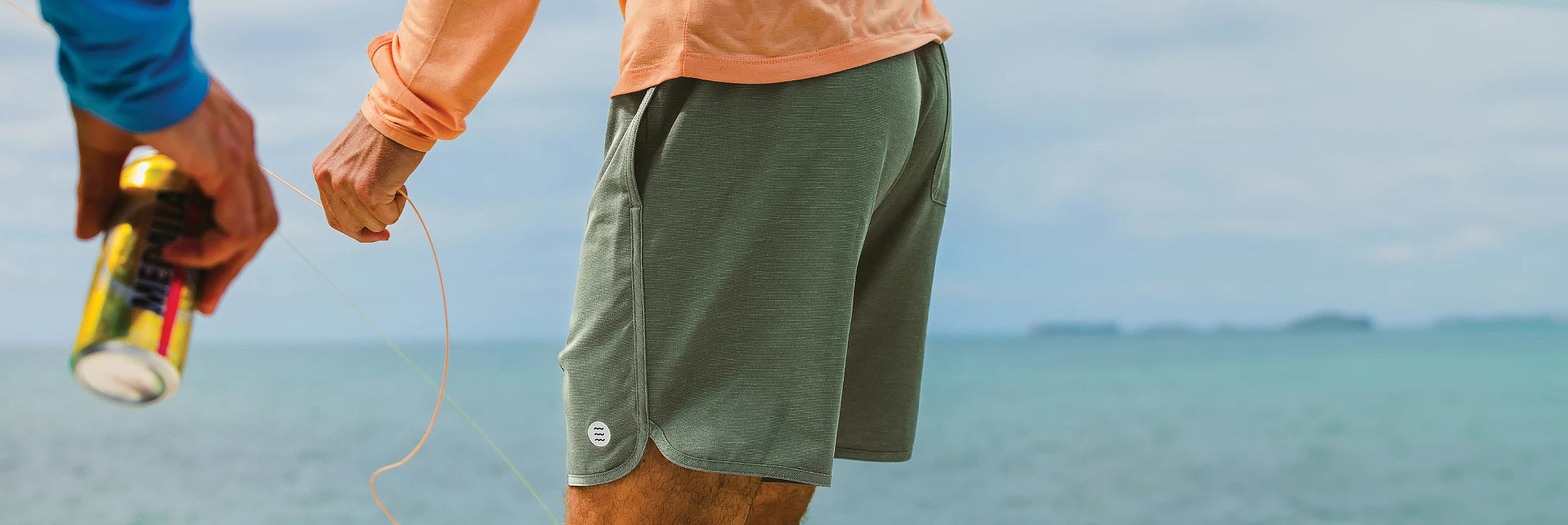



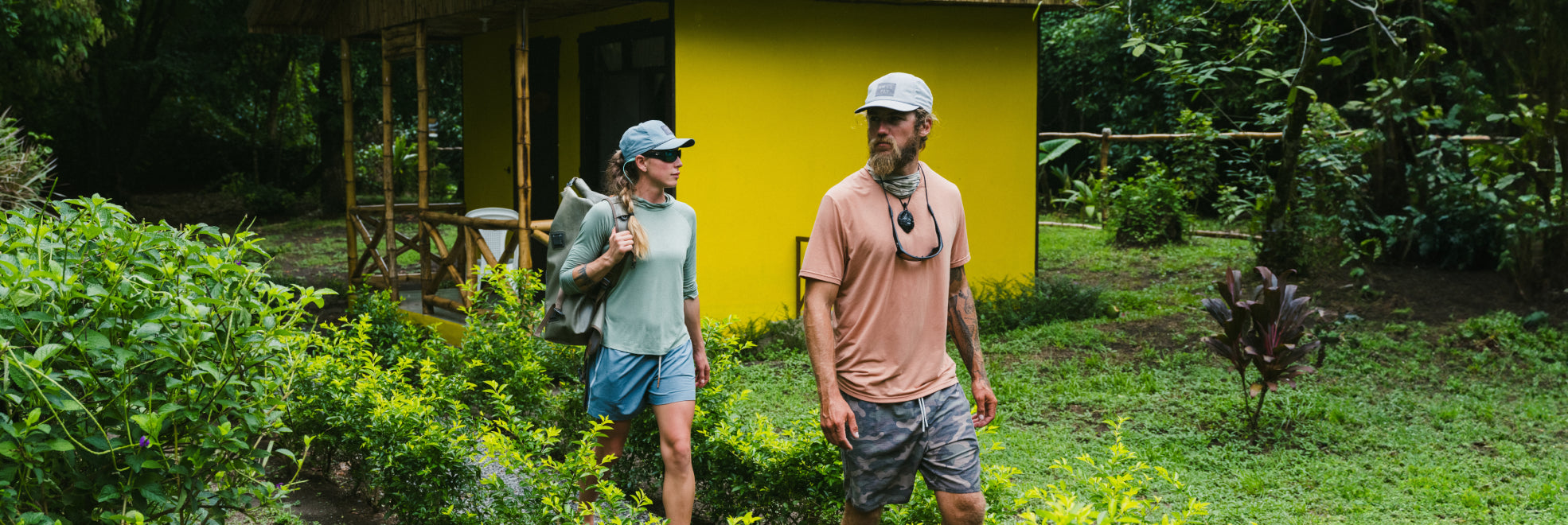




















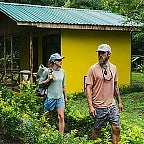












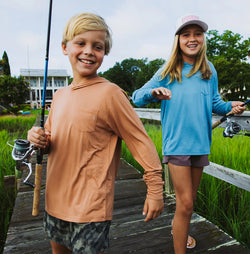



6 Comments
Great Program! I’m going to volunteer at the next event.